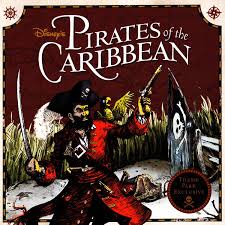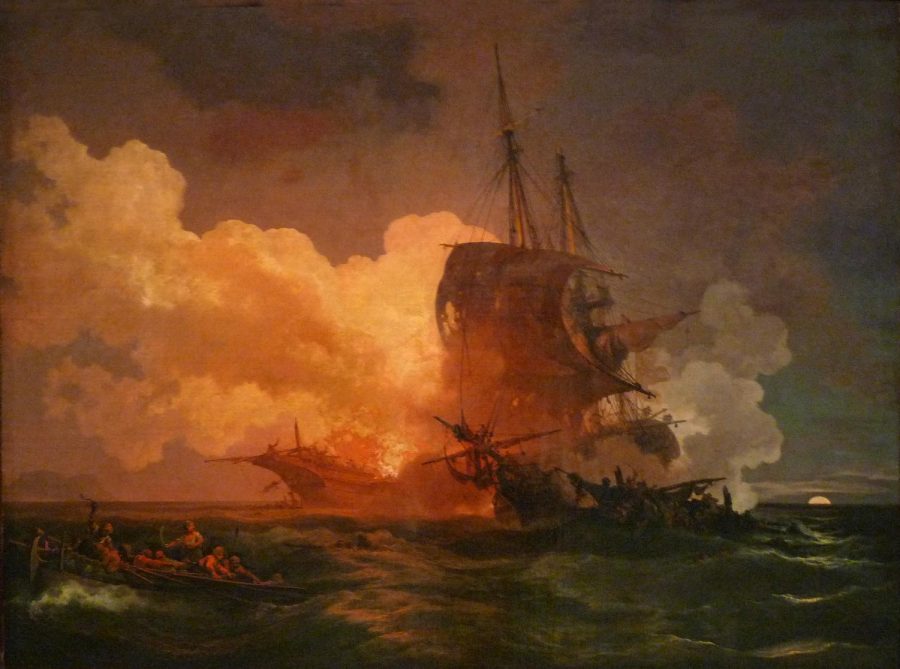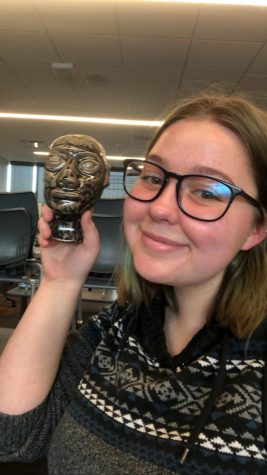History of Gay Pirates
May 17, 2021
I had set out to write a light hearted story about gay pirates this week; however, along my journey, I found out some pretty horrible information about pirates. This is my warning: while this story sounds very funny, and has some fun moments, there is a discussion of sexism and prostitution. Be mindful of the difficult topics this article includes.
The best way to begin this article is by establishing the social context for the time. Same sex relationships were highly stigmatized on land and illegal in most places. Piracy however was known for rejecting societal standards and expectations. Some pirates went as far as baptisms in sea water, new names, and completely leaving behind their past identities.
Queer relationships at sea were not uncommon during the Golden Era of Piracy (1650-1730s). Relations between men was often encouraged. At the time, men on ship knew more about their crew mates than even their wives and children on land. This drew in a lot of queer men to piracy.
Pirates had their own form of civil union called matelotage. These unions could range in meaning (fraternal, platonic, romantic, etc.) but were respected among most pirate crews. A partner was called your matelot, which can be interpreted as bunkmate. If one partner died, their matelot would have ownership of all their possessions. Matelots could take punishments for each other, and most fought side by side
Sometimes this was an economic decision, like a will, where you entrusted your matelot to divvy out your belonging to your wife, children, and friends, and your matelot got to keep the rest of your fortune.
On a darker note, sometimes young pirates would trade sexual favors and matelotage in order to establish themselves in the pirate world. They would trade their company for food, stability, board, and advancement in the crew.
There is one story about privateer, George Shelvocke. Shelvocke promoted a young pirate to first mate, even though he was unqualified, because of their relationship. This caused a lot of dissatisfaction in the crew, but was not that uncommon.
Sexism was wide spread in the pirate community, but I was able to find some information on one lesbian pirate pair, Anne Bonny and Mary Read.
Read and Bonny both disguised themselves as men until eventually Bonny confessed she was a woman to Read and expressed interest in her. Read accepted and also disclosed that she was a woman. One main issue was that Bonny was already dating Captain John “Calico Jack” Rackham. Rackham and Read had conflict until Read also told Rackham she was a woman. Then Read joined Rackham and Bonny’s existing relationship. They stole ships together and eventually built a crew.
One night at a party, a pirate hunter cornered the crew, Rackham, Bonny, and Read. Most of the crew was too drunk to fight, except Bonny, Read, and one other crewmate. Read is noted as shooting at the crew for not fighting back. The ship was overwhelmed and Rackham was sentenced to death. Bonny is quoted with, “Had you fought like a man, you need not have been hang’d like a dog” being her last words to Rackham.
Bonny and Read were not immediately executed with Rackham because they were both pregnant. Read died of fever in prison. There is no mention of Bonny’s fate.

My friend and fellow ERHS student, Briar Gose, believes “today most people’s pirate knowledge comes from ‘Pirates of the Caribbean’… but the real history is so much more interesting.” He thinks the story of Bonny and Read is “really cool” and plans to “revisit that and research some.” He “10/10 recommends” looking into pirate history while still being critical of the social issues at the same time.
I agree with Gose. There is not much information about pirates, but that doesn’t make it any less interesting to learn about, especially considering the popularity of pirates in pop culture.


